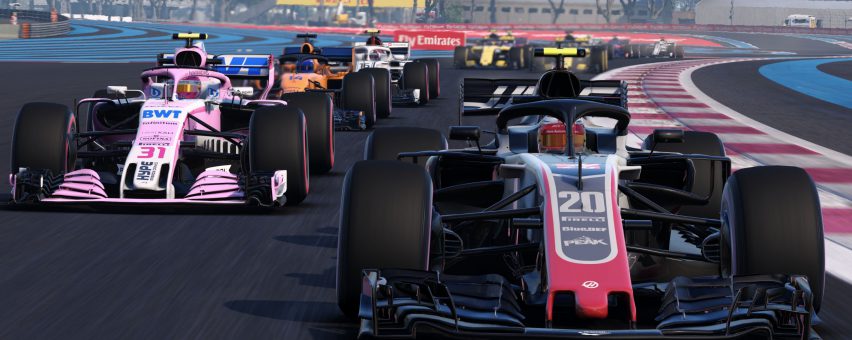The Rise of Motor Racing eSports
Virtually as good as it gets.

The term eSports probably makes you think of a dingy room filled with spotty teens, a LAN, adderall containers and pizza crusts. If I’m right, then I’m afraid… you are a n00b.
Competitive gaming isn’t what it used to be. Nowadays, spotty teens filled to the gills with adderall and pizza, play video games in large venues for enormous cash prizes.
But there’s more than money up for grabs. There are careers, too. Rudy van Buren, the winner of the McLaren’s World’s Fastest Gamer competition, was recently hired by the F1 Squad to be their official simulator driver.
Over the past decade, the popularity of motor racing eSports has risen substantially, so much so that it has attracted several big names. Lewis Hamilton, for example, stands as a Gran Turismo ambassador, while Lando Norris both competes and commentates at events.
There are many reasons for its growth in popularity. It’s easy to watch, for one. Many of the shows are TV quality and streamed on YouTube, while professional pundits, including BBC Five Live’s F1 commentator Jack Nicholls, make shows both exciting and easy to understand.
Another factor is that anybody can take part, not just professional gamers. All you need is a copy of the relevant game, console, online capabilities, and to go through an online registration process. Essentially it’s a safer and more affordable substitute for the real thing. And judging by the rate at which technology is evolving, pretty soon these games will be indistinguishable from the real thing.
Find that hard to envisage? Imagine getting hit by a bus, only to open your eyes and find yourself plugged in to a futuristic technology, having just completed the game you call life. Just food for thought!
Marc Ward










